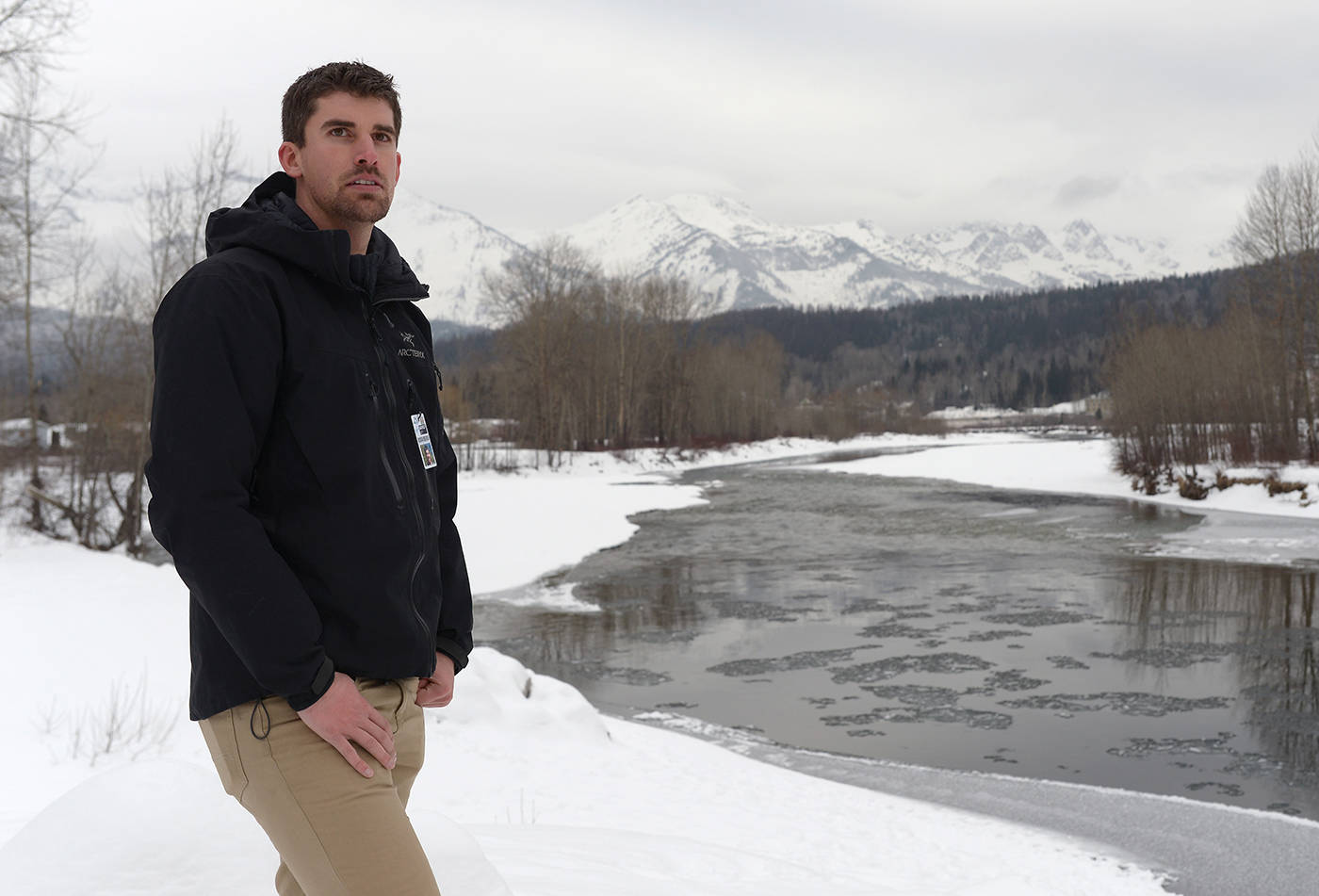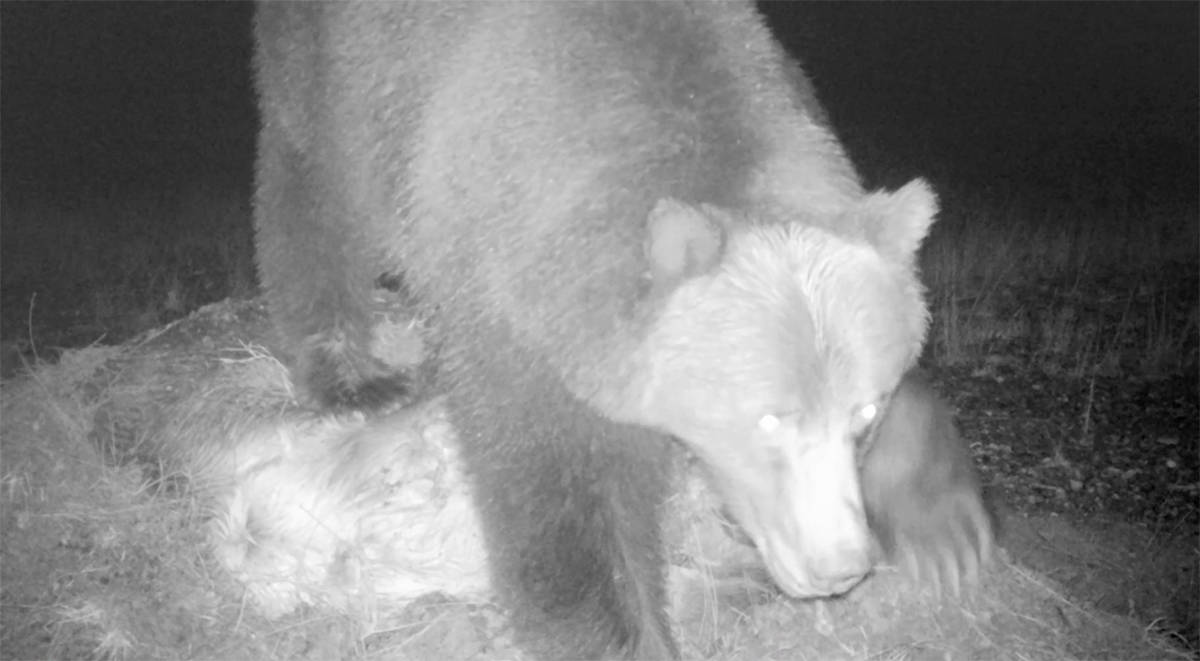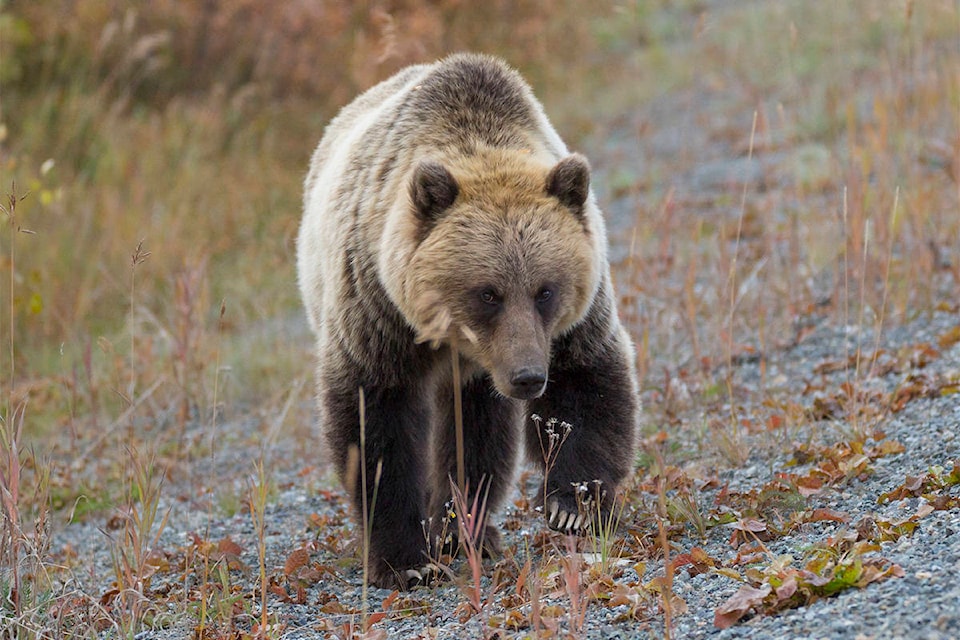The first step towards addressing the issue of carcass pits in the East Kootenay came Friday when the Regional District of East Kootenay voted to waive the fee for disposing carcasses at the Central Subregion Landfill.
The landfill, located 12km north of Cranbrook, will now accept animal carcasses at no charge. Previously, it cost $25 per animal.
With approximately 250 animals struck on the highway between Cranbrook and the Alberta border every year, grizzly bear biologist Clayton Lamb believes the waiving of disposal fees should cause less attractants to end up in uncontrolled carcass pits.
It comes after a spike in grizzly bear calls in Jaffray sparked concern among locals and prompted wildlife biologists to speak up. The Free Press previously reported that Lamb believes that the continued use of carcass pits in the South Country is driving this increase in bear traffic.
The current method of roadkill disposal is to dump the carcasses in designated gravel pits, known also as carcass pits. The Ministry of Transportation (MOT) allows highway contractor Mainroad to dispose of roadkill in this manner.
Look back: VIDEO: Carcass pits, rural attractants contribute to Jaffray bear conflict: biologist
RDEK Area B Director Stan Doehle believes this new initiative by the RDEK is the first of many steps towards reducing the use of carcass pits, which will benefit the community in many ways. One of these is reducing human/wildlife conflict.
“We deem that facility a safe facility,” said Doehle, regarding the Central Subregion Landfill. “It’s electric fenced, (carcasses are) buried every single day in there… the bears can’t get in.”
He further explained that roadkill is already being disposed of properly in some parts of Alberta and Montana, U.S. He said it will cost the RDEK financially but that in the interest of public safety, it’s a worthy cause.
In order for this solution to be utilized, Doehle explained that they will need a directive from the provincial government to say that Mainroad, under the MOT, will transport roadkill out of the Elk Valley and into the Subregion Landfill.
In the near future, the RDEK will further examine options for landfills in the Elk Valley and Columbia Valley areas.
Fernie Mayor Ange Qualizza arranged to meet with Lamb, Doehle and Wildsight’s Randal Macnair because she says this change benefits a variety of groups for several reasons.
“We can use this as an opportunity to have a real comprehensive conversation,” said Qualizza.
Through her directors reports, Qualizza put forward a motion, which was supported by the board, for staff to prepare a report for the March meeting, outlining a range of options that support taking carcass pits off the landscape and into RDEK facilities.
“With that motion, what’s going to happen… we can, by March, appreciate and understand which of our RDEK facilities could take roadkill, which ones can’t, what we need to do to bring those facilities on board and remove the barriers,” said Qualizza.
“If we don’t remove the barriers to putting roadkill into RDEK facilities, we can’t ask people to close down carcass pits. We need to put forward a solution.”
As well as serving as mayor, Qualizza is also the Chair of the Solid Waste Management Plan Advisory Committee.
In talking with Lamb, Qualizza says she was shocked at the number of animals killed on the road each year.
“We really need to do something about this,” she said. “In Tunnel Creek, they’ve got a little climbing area there now, there’s a lot of recreation opportunities in Tunnel Creek that make it a really strange place to have a carcass pit.”
Home to one of the longest running grizzly bear studies in Canada, the Elk Valley is one of the first places to identify carcass pits as an issue, according to Lamb.
“It could be quite a meaningful thing at a provincial level, a lot of places might not even know it’s a problem,” he said.
Many trail cameras set up by Lamb at Olsen Pit show humans walking through or dropping their boats close to the carcass pit. At night, the traffic continues, but the trails and groves are occupied by grizzly bears, wolves, and other predators.
Lamb says the pinnacle of the issue is the number of animals killed along the Highway 3 corridor.
“We can apply these bandaids in the short term and we should, because those carcass pits are a problem,” said Lamb. “But we should also consider why those carcass pits even exist.”
Lamb added that reducing the number of carcasses on the landscape will help the grizzly bear issue, with the final goal being to remove carcass pits completely.
“It has to be sort of cold turkey,” he said. “We’ve got to get them off the landscape, not just get half of them to the landfill… We have to provide a solution that works for MOT, for local hunters, for ranchers, for whomever is producing meat scraps.
“If we can do that… I think we would see really positive benefits for the community, for bears, and other carnivores.”


